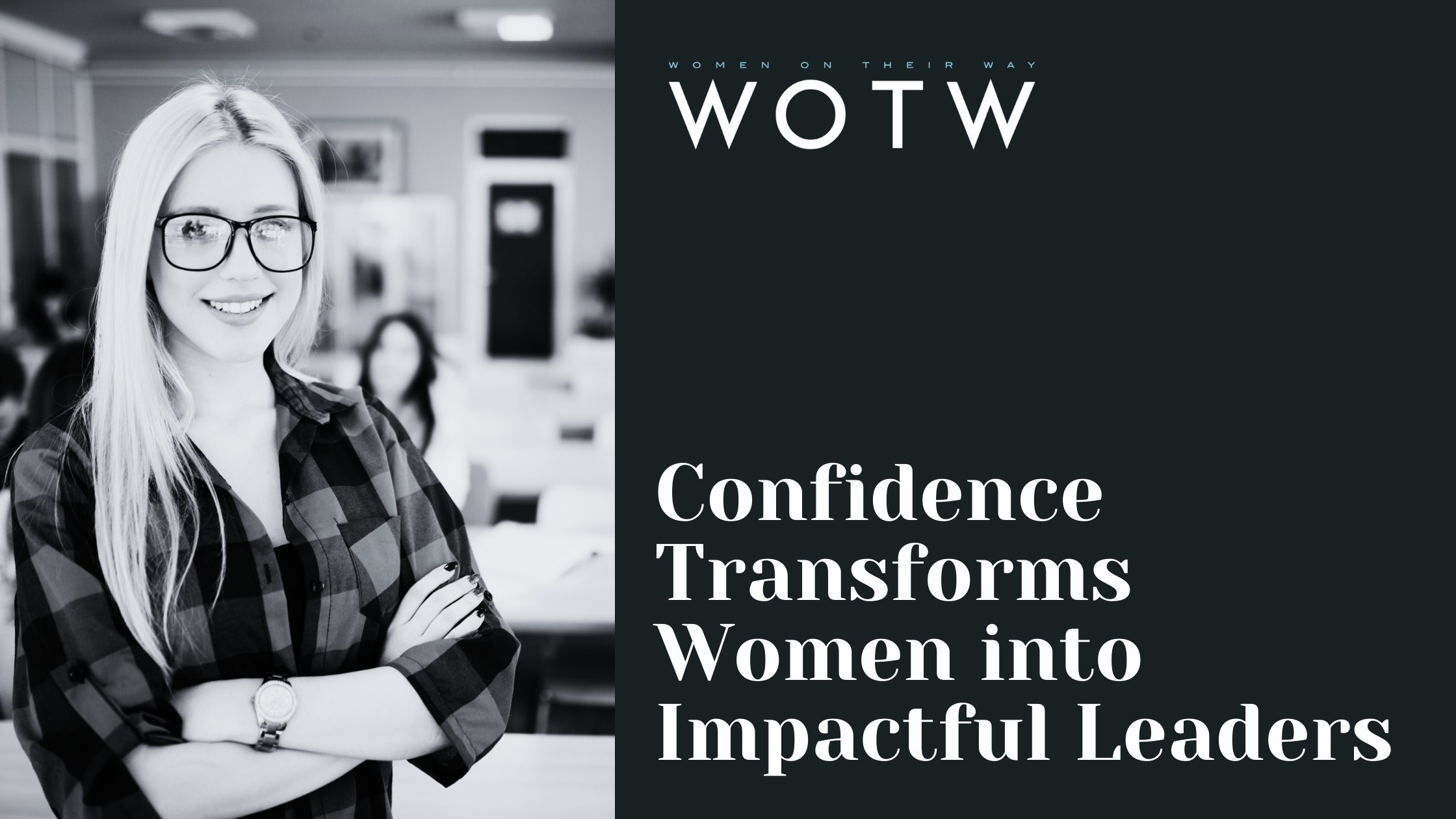
In the past few weeks, I’ve spoken with a number of potential clients who were ready to launch a women’s leadership program (designed by them, not us). After listening to their plans to send out a survey or to bring women together to deliver content, or to create a roundtable, I felt a fire in my belly to tell them to“Stop!” Why? They were about to make very expensive mistakes.
The mistakes? Their approach is based on what they THINK should be done rather than taking into account WHAT IS ACTUALLY BROKEN. In other words, they were going to set out to fix the women rather than spending the time first discovering where the systems in their companies are broken.
It’s a classic mistake. CEOs and HR pros go in with the approach to fix the women rather than taking a hard look at what actually needs to be changed within your organization.
I know it’s done with the best of intentions. Set up a community group of women and bring them together. It’s a heartfelt approach, but I’m sorry– serving cheese and crackers and talking isn’t going to change the good ol’ boys’ system that’s stacked against women. It’s just not. And that’s why companies can’t seem to move the needle in real gender diversity and equality in the workplace.
Being seduced by women’s groups (cheese and crackers sessions) is stopping organizations from naming the real issues and doing the hard work to change. It’s only when companies look at the systems that are broken that they can name them and change them. Leaders have to have a systems approach to fix a systemic issue.
So where does one start? I will be honest in telling you it DOES NOT start with a survey. It starts with empathy interviews. You ask the women what’s working and what’s not.
The clients I mentioned above were going to send a survey asking what women wanted in a program. I told them to push the brakes and start with empathy interviews. This is where a systems approach to developing women leaders starts, and this is what fixing your system looks like.
Here are examples of what might be included in empathy interviews:
- Ask about culture. How would they describe the culture of the company? Is it inclusive or exclusive? Do they feel it empowers them? Are there terms or words that male executives use around them that make them feel uncomfortable? Get to the root of issues.
- How is feedback given? Do they receive real, in-depth feedback from their bosses? Can they ask for more feedback? Do the men in the organization feel like they’re able to give feedback (yes, male executives have unfortunately been scared into not being able to give feedback sometimes for fear of saying something wrong). Is the feedback they receive helpful? Does it allow them to grow their position in the company and improve at their job?
- What are the mindsets of the senior leaders? Are there any mindsets they feel are holding them back? Do they feel threatened or shamed by any mindsets? Are there any mindsets they wish would change? Dig deep here to find the truth.
As leadership expert, Brene Brown says: ”Vulnerability sounds like truth and feels like courage.” To be a leader you have to be vulnerable to real feedback and this is one place it can make a world of difference. That’s why it all starts with the interviews.
Now that you know some of the mistakes that are being made, here are 5 ways to shift your approach to accelerating your women leadership programs:
- Start by thinking about your program from a systems perspective across your organization. Stop thinking about it just being about the women or fixing the women and look at ways you can change how you do things.
- The CEO must lead the program and initiatives. Most CEOs will assign an HR lead to do this work and guess what? When the CEO doesn’t make it one of their core priorities, it becomes less important and not strategic. It becomes just another checking of a box, instead of becoming an operational initiative. Active involvement from the CEO is crucial. They must participate in all of it. They must do the hard work. Their executive team needs to be involved, and the CEO must require that staff meetings measure progress of these programs. It’s hard courageous work, but it’s the grit of leadership. Start by coming from a place of curiosity about what might be holding your organization back rather than a place of judgment. Take the empathy interview answers to heart. Think about them. Be curious as to why people feel that way rather than being defensive. Start with openness and readiness to change.
- Identify your top systems problems. This is where you dive into the 14 levers that could be broken. Pride of ownership of a current program, mindsets, vague feedback, etc. I list many of them in this blog post. You can also hire us! We’re experts in this, and we can help you easily identify your problems.
- Hold your leaders accountable. What kind of feedback are you seeing from leaders? Take pulse checks, conduct skip-level interviews where you go down 2 levels to see if the leader’s behavior has changed, and conduct 360 leadership feedback. And again, you must continue to communicate expectations to management that as a CEO, this is a priority.
- Lastly, measure your performance. Track the number of promotions you’ve had for women leaders, your retention rate, the number of candidates in your succession pool. These are all markers of your movement of the needle, and it’s what you need to track if you’re ever going to make a dent in the system.
Want to start a women’s leadership program? Set up a 15-minute call with us to start the process. Email us at WOTW@McGuckingroup.com.
LEARN MORE ABOUT OUR WOMEN’S LEADERSHIP PROGRAMS
Accelerate your professional growth and executive presence with the WOTW Navigator program. This journey is designed to help women cultivate the vision and capabilities needed to succeed within their organizations.
Participants will gain access to:
- Custom development plan based on the McGuckin Method of Professional Development, including behavioral assessments, aspirations, and more
- Monthly 90-minute virtual learning sessions delivered by WOTW CEO, Audrey McGuckin, along with facilitated peer learning conversation, a proven impactful learning method
- Five customized 1:1 executive coaching sessions, aligned to the women leader’s PDP and the virtual learning sessions
- One ticket to the Women’s Leadership Summit, a 1-day in person leadership event with the extended WOTW Community
- Exclusive access to research, thought leadership and practical development tools.
Connect with us now and take your career to the next level!



